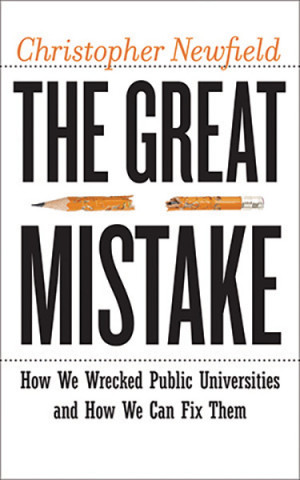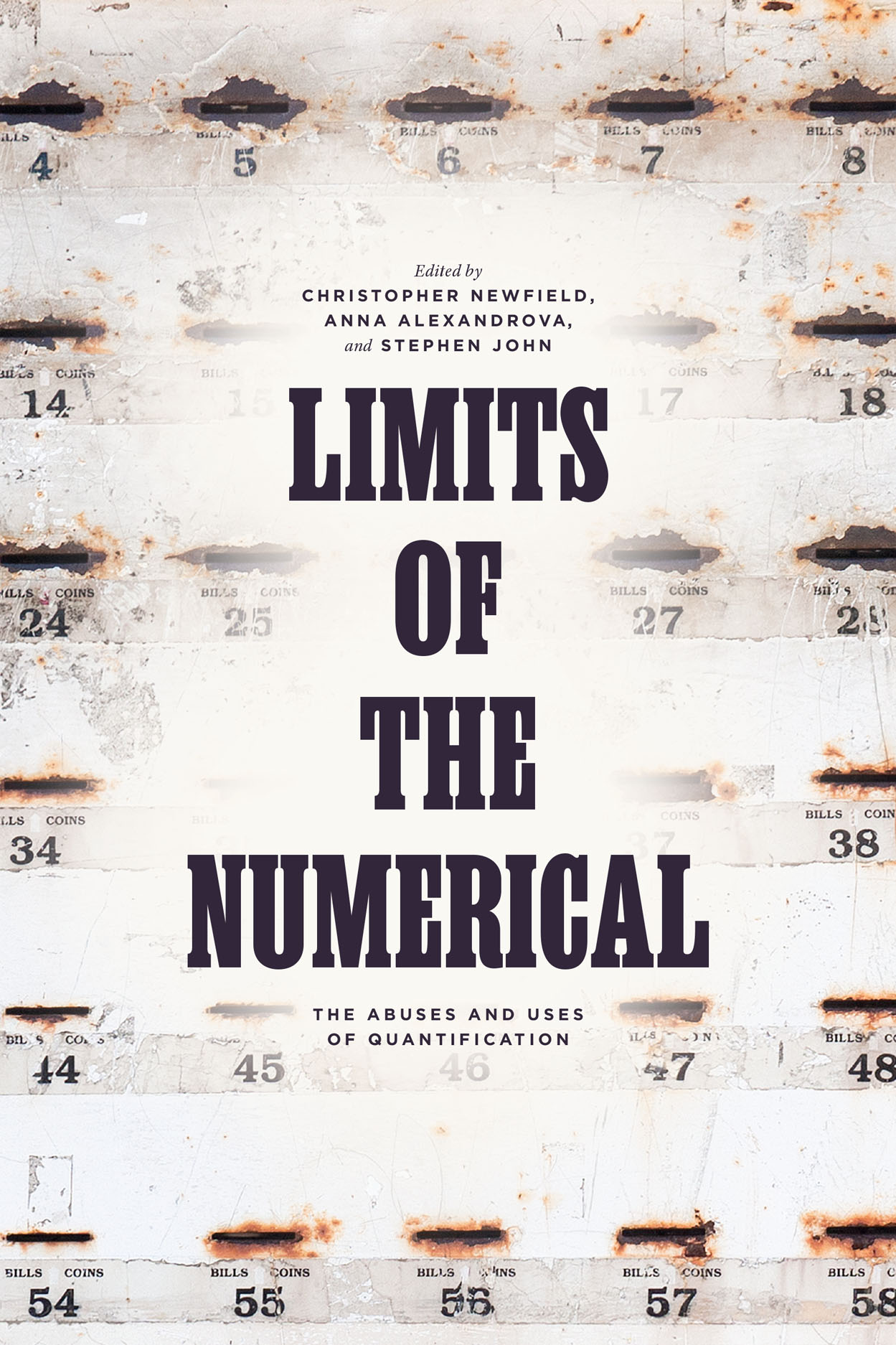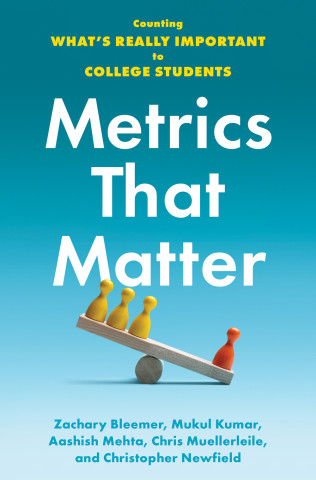By Michael Meranze
Chris’ recent posts on the budget and on the problem of accountability have provoked a series of productive responses by Bob Samuels and others (see the comments on Chris’ posts). There are important differences of tactics and analysis here: Does the chief problem lie in Sacramento or Oakland? What is the true nature of the crisis? Does UC have enough money to solve its problems already? How can we protect students from increased fees and a life in debt? Can we protect the Master Plan? And how best to explain to the State and the Public what the University does?
Each of these debates, however, point to a larger question—one that Clark Kerr raised at the dawn of the “multiversity” but that UC leaders refuse to confront now: what are the uses of the University? Or what should they be? Part of the difficulty here is that UCOP and the Regents have embraced a managerial and corporate logic: whereas Kerr wrote about the University in terms of its functions, Yudof’s “hybrid university” is defined by its funding streams; whereas Kerr thought of the University as a small city of intellect, Yudof counterposes successful “businesses” with educational disciplines that don’t sell commodities. And whereas Kerr helped produce a state master plan, UC administrators for at least two decades have been treating public funding as a necessary evil compared to what they clearly consider the more prestigious private sector.
The recent UCOP “clarifications” on administrative bloat painfully reinforce these problems. President’s Yudof’s individual and UCOP’s more formal responses to the Sacramento Bee’s editorial on excess administrative growth do little but highlight the fact that less and less of the University’s activities are related to its formerly central functions of teaching and research. The questions that have been raised concern the relative rate of administrative growth but Oakland places stress on the absolute numbers—thereby avoiding the fact that individuals in the “Managers and Senior Professionals” group have more than doubled. (UCOP, 6) It may be that the MSP category (and within that group “true” managers as opposed to other job classifications) remains small but compared to faculty percentages their growth is enormous.
More serious, however, is the way that the administration treats the entire academic/non-academic distinction. Two points stand out. First, is the fact that more than half of the growth in UC FTE’s over the last decade has been connected to the Medical Centers (or what UCOP prefers to call the “Teaching Hospitals”). UC hospitals and medical centers do provide an important public service—that is not the problem. But their rapid growth and their centrality to the overall UC structure unavoidably distort and reshape the University as a whole. I don’t see how it is possible, for instance, that the effort and concentration needed to run the Medical Centers could not lessen the administration’s attention to the core functions of the University. I don’t see how it is possible that the fundraising that accompanied the growth of the medical centers could not compete with the raising of funds for central campuses. And more to the point, I don’t see how UCOP’s interest in and emphasis upon the “businesses” could fail to affect their attitude towards and effectiveness in securing state support for the University. There are only 24 hours in a day—priorities have to be made. Are the central campuses being sacrificed to support the Medical Centers? There are no answers on that issue from UCOP.
But there is a second crucial point. The administration insists that the basic ratio of academic to non-academic employees has remained relatively constant over the last 10 years. Still, their data makes clear that the ratio between permanent and temporary faculty has altered significantly over the last decade. The numbers of senate faculty has not kept up with the increase in students, the percentage of permanent faculty has declined relative to lecturers and other teaching faculty (primarily in the hospitals) and the University has clearly shifted its hiring to temporary appointments. Whereas tenure track faculty accounted for 64.1% of the teaching FTE in 1997-1998 they only accounted for 59.1% by 2007-2008. (UCOP, 5). Nor do these numbers include graduate student teachers. None of these numbers are a surprise—but they do confirm a process through which the University is replacing tenure-track faculty with temporary faculty and graduate students. This transformation is one cost of the Regents and UCOP’s giving up on the state--they are gradually transforming the nature of the University without saying so. The question then becomes: do they have a commitment or a strategy to ensure that there is a permanent senate faculty in 10, 15, or 20 years? Or are they simply determined to lower labor costs by shifting over to a situation where no one has job security and they can decrease benefits?
Ironically, the University is on course to achieve a managerial inversion of Bob Samuel’s call for 3 tiers of faculty (albeit without his suggestion that some might remain both teachers and researchers). UC has traditionally asked faculty to support its three different missions: education, research, and public service. But the last decade’s hiring and expansion of medical centers indicates a trend towards a moment when the 3 missions of the University will take place only at the level of the University as a whole. Instead of having Senate Faculty who perform the three missions (at least in theory) what they are moving to is a situation where there are (temporary) teaching faculty, (contingent--because dependent on outside funds) researchers, and Teaching Hospitals (peopled by faculty and staff dependent on grants and billable hours) doing service. So the administration will be able to proclaim that UC is still fulfilling its missions but at the cost of any overlap between teaching, research, and service and without permanent faculty bodies or counterweights to the managers. This trend towards the employment of temporary and contingent teachers and researchers, clearly, is not driven by questions of providing better education to students or more secure research developments, or even by a commitment to public services. It is driven by questions of cost in President Yudof’s “hybrid university.”
The dramatic expansion of the medical schools and centers, then, raise a very fundamental set of questions. To what extent has the expansion of the medical centers (and to a lesser extent the increasing emphasis placed on privately funded research) altered the very nature of the University? If in fact so many of the University’s resources (both in terms of funding and planning and attention) go towards the teaching hospitals and research then what are the costs to the rest of the University? What are the data on cross-subsidization between core funds and the Medical Centers or extramural research? In last summer’s crisis, the administration insisted that the medical center funds could not be used to help out the central campuses—although their explanations why were never that coherent. But what of the questions about how much of student fees and state funds are going to medical schools and "teaching hospitals"? To what extent are state funds earned by the less expensive departments funding the medical centers? How much do general funds and bond obligations support the independent researchers and research units. In other words it isn't enough to say that the teaching hospitals serve an important public function (which I would agree with) but at what cost to other public functions? Until the Regents and UCOP provide solid information on these questions they cannot claim anything approaching transparency on the University budget.
I want to make clear that I am not seeking to disparage either the research function or the teaching hospitals. In fact, I remain skeptical of attempts to separate teaching and research when they are located in the same person or group. But what UCOP’s budget claims suggest is that all of us are in the midst of a transition that is leading to an ever greater separation of teaching and research and each from public service. If this transformation continues all of the employees will be losers—losers of job security, control over their work, and the ability to determine the value of their work (which will be increasingly reduced to a short-term utilitarian calculus). The University will be a shell of its former self, reduced to an appendage of outside financial forces, separated from the State, kept together only in the accounting imaginations of those looking at spreadsheets located in Oakland.
Rank Smell
19 hours ago




1 comments:
Join the Conversation
Note: Firefox is occasionally incompatible with our comments section. We apologize for the inconvenience.